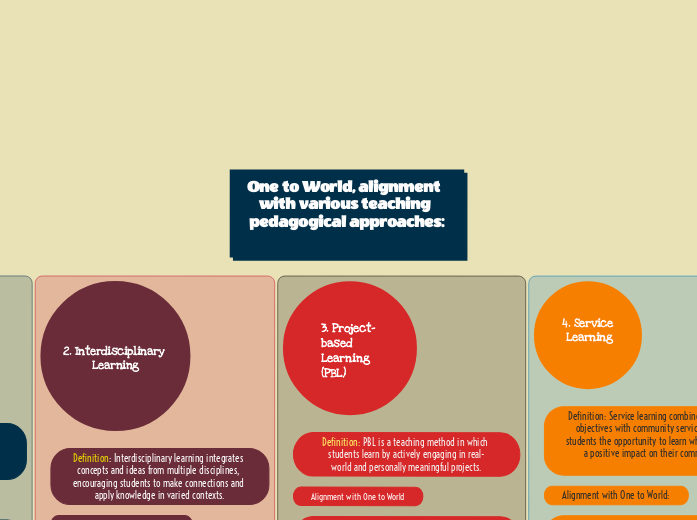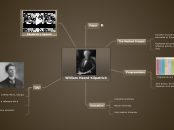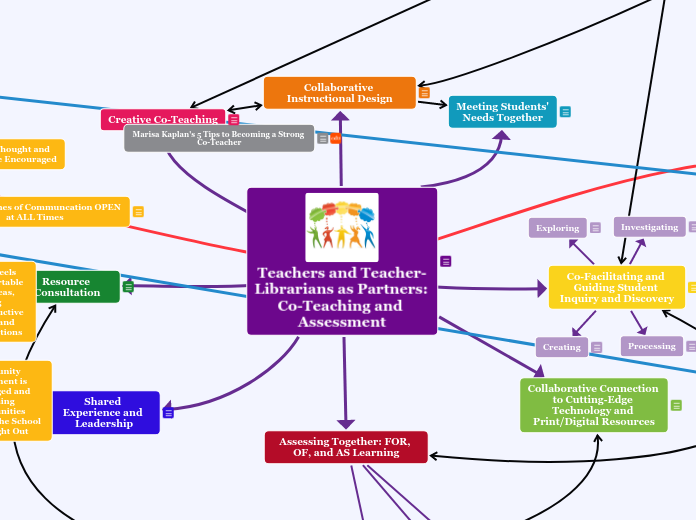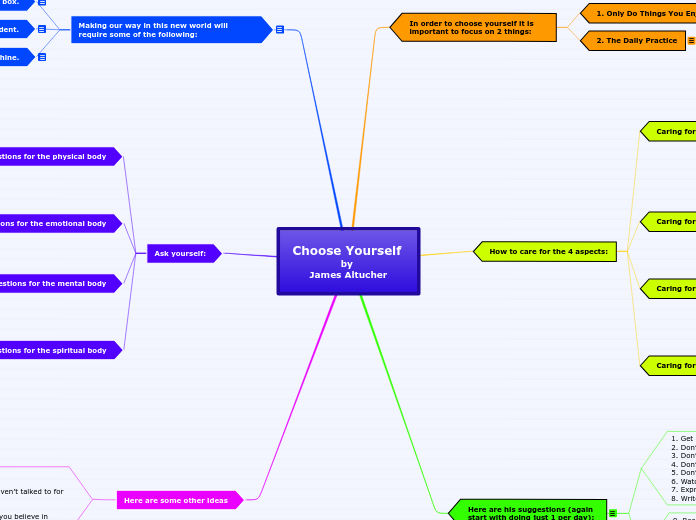One to World, alignment with various teaching pedagogical approaches:
'Six Thinking Hats' can help you to look at problems from different perspectives, but one at a time, to avoid confusion from too many angles crowding your thinking.
5. Networked
Learning
The Green Hat represents creativity. Develop creative solutions to any problem with this hat. This unconstrained mindset allows you to freely test out a variety of useful creativity tools, due to its low level of criticism.
Resource Sharing: Access to diverse perspectives and resources enriches the learning experience, making it more dynamic and comprehensive.
Collaborative Platforms: Utilizing online tools and platforms, students collaborate on projects, share ideas, and provide feedback to each other.
Global Connections: Students connect with peers, educators, and experts worldwide, creating a vast network of learning resources.
Definition: Networked learning involves connecting with others (students, educators, experts) through digital means to share resources, ideas, and expertise.
4. Service
Learning
The Blue Hat thinking represents process control. When having trouble because ideas are needed, the Green Hat may come in handy since it is the one used for creativity. In case of emergencies and dealing with them, the Black Hat is required.
Community Impact: Collaborative projects often have a service component, allowing students to contribute to international communities.
Reflection and Growth: Students reflect on their service experiences, deepening their understanding of global issues and their role in addressing them.
Global Citizenship: Students participate in projects that address global challenges, fostering a sense of responsibility and global citizenship.
Alignment with One to World:
Definition: Service learning combines learning objectives with community service, giving students the opportunity to learn while making a positive impact on their community.
3. Project-based
Learning (PBL)
Using the Black Hat you consider the negative outcomes. Find what would not work and why. This way you highlight the weak points in a plan. Black Hat will help you to identify the flaws and risks before you embark on a course of action.
Student-driven Inquiry: Students have the autonomy to explore topics of interest, guided by their curiosity and the input from their international classmates.
Real-world Problems: Projects often address global issues, making the learning experience relevant and impactful.
Collaborative Projects: Students work on projects with peers from different countries, enhancing their collaborative skills.
Definition: PBL is a teaching method in which students learn by actively engaging in real-world and personally meaningful projects.
2. Interdisciplinary
Learning
Using the Red Hat, you will use your intuition and emotions. Also, you will consider how others might look at the problem emotionally. Try to understand the responses of people who do not fully know your reasoning.
Problem-solving: Interdisciplinary learning in a global context encourages innovative thinking as students solve complex, multifaceted problems.
Holistic Understanding: By collaborating with international peers, students see how different fields of study intersect and influence each other.
Cross-curricular Projects: Activities in a global classroom often require knowledge from various subjects (e.g., history, geography, language arts).
Alignment with One to World
Definition: Interdisciplinary learning integrates concepts and ideas from multiple disciplines, encouraging students to make connections and apply knowledge in varied contexts.
1. Experiential
Learning
Using the white thinking hat, you center your attention around the available data. Take the information that you have, analyze it, and see what you can learn from it. Become aware of your weak points and start working on improving your knowledge.
Reflection: Students reflect on their experiences and learn from the diverse viewpoints shared by their global peers.
Real-world Contexts: The global classroom offers authentic learning experiences that mirror real-world scenarios, enhancing the depth of learning.
Direct Engagement: Students interact with peers from different cultures, gaining firsthand experience of global perspectives.
Alignment with One to World:
Definition: Experiential learning is a process through which students develop knowledge, skills, and values from direct experiences outside a traditional academic setting.









